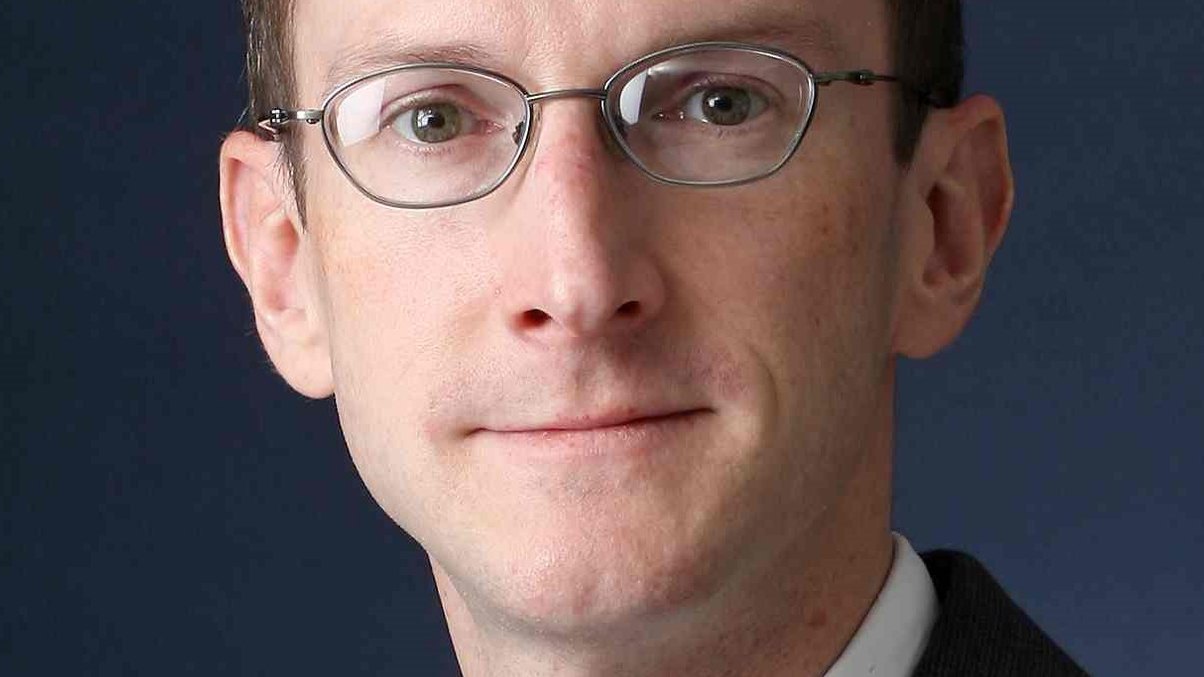Japanese trading costs fall by a third in January
The Tokyo Stock Exchange's new Arrowhead platform is allowing much faster and cheaper trading and thus enticing more hedge funds into the market.

Arrowhead, the high-frequency trading system launched by the Tokyo Stock Exchange on January 4, has reduced trading costs by over a third and hugely increased trading speeds. These improvements are in turn boosting activity.
Sign in to read on!
Registered users get 2 free articles in 30 days.
Subscribers have full unlimited access to AsianInvestor
Not signed up? New users get 2 free articles per month, plus a 7-day unlimited free trial.
¬ Haymarket Media Limited. All rights reserved.


